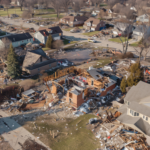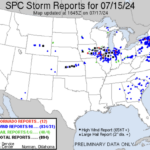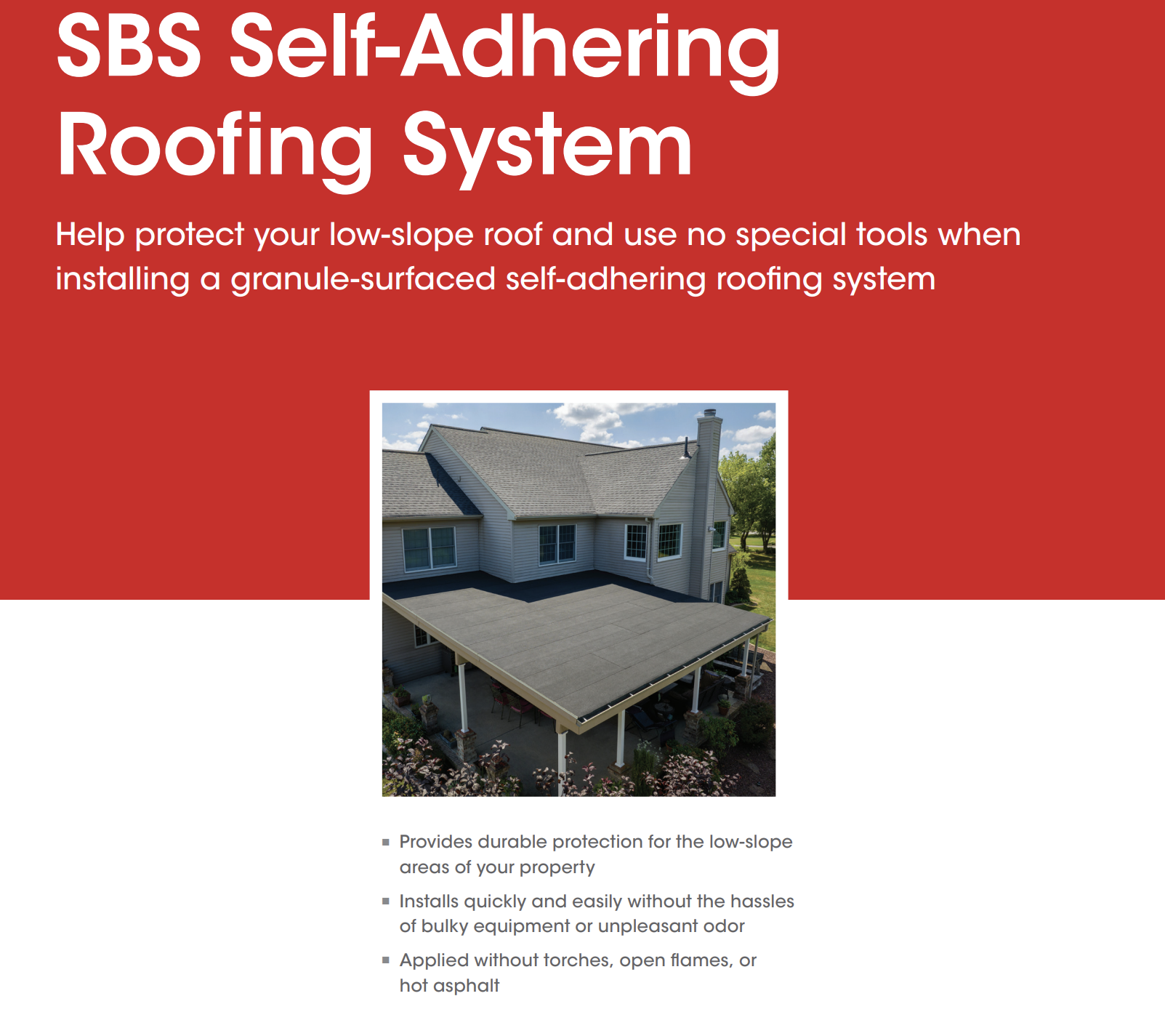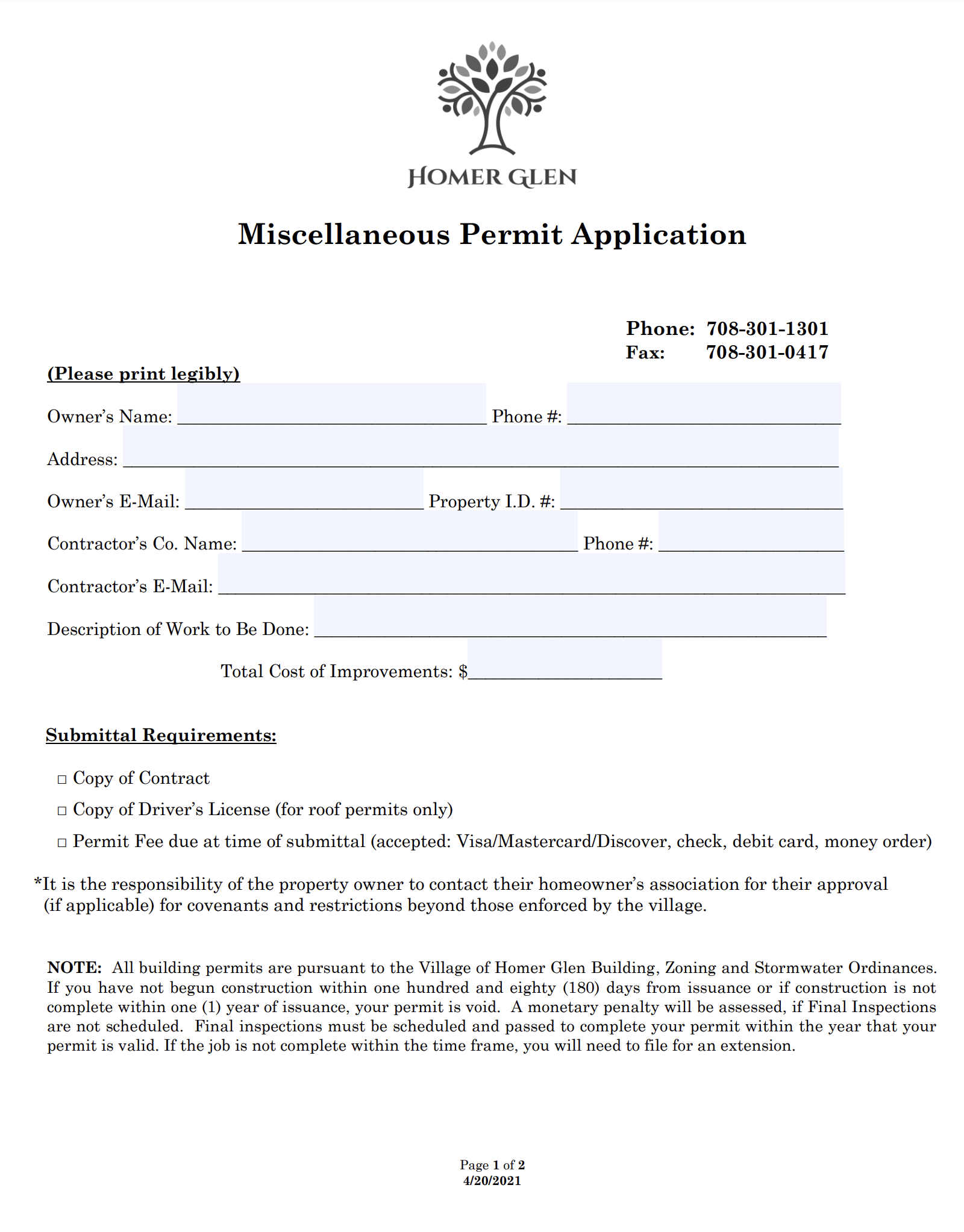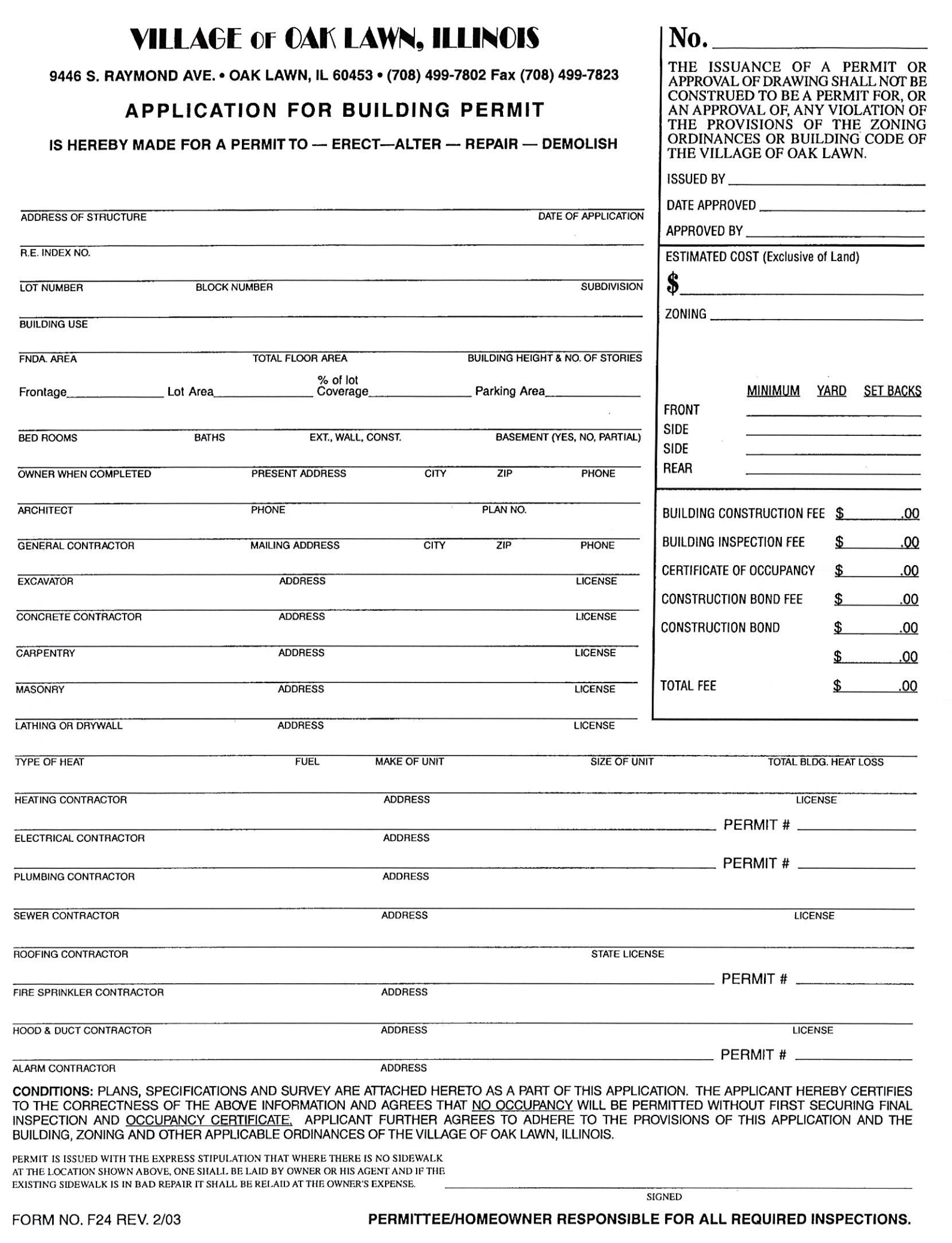Welcome to our comprehensive guide on low-slope (“flat”) roofs, tailored specifically for Illinois homeowners and property managers. In this blog post, we’ll delve into the essential considerations for constructing and maintaining low-slope roofs in the Illinois region. From understanding the unique challenges posed by high winds to implementing effective weatherproofing strategies, we’ll equip you with the knowledge you need to safeguard your property against the elements. Whether you’re facing storm damage restoration or planning a new roofing project, this guide will provide invaluable insights to ensure the longevity and resilience of your roof.
Scope:
- Construct low-slope (“flat”) insulated roof assemblies to resist wind pressures in high-wind zones.
- Follow IBHS Fortified Home sheathing nailing pattern recommendations for roof decking installation.
- Seal roof deck sheathing with self-adhering membrane or compatible tape.
- Install rigid foam insulation with staggered seams and tape.
- Choose appropriate roof covering based on maximum design wind uplift pressures.
Description:
- Low-slope roofs (<2:12 slope) with waterproofing membrane must resist wind pressures in high-wind zones.
- Roof coverings include built-up bitumen, modified bitumen, and single-ply membranes like TPO, PVC, KEE, and EPDM.
- Ensure selected roofing system can handle highest design pressures at the site.
- Fully adhered membranes are recommended for high-wind zones.
Low-Slope Roof Installation Methods
- Single-ply roof membranes can be mechanically attached or fully adhered.
- Mechanically attached membranes may experience problems during high winds and require specific installation methods.
- Low-slope roof assemblies typically include multiple layers, such as deck sheathing, rigid insulation, and membrane.
Wind Pressures
- High wind events create localized negative pressure (“suction”) above the roof membrane.
- Mechanically attached membranes can flutter and fail due to wind pressures and air leakage.
- The tightest element in roof assemblies, often the membrane, experiences the greatest wind load.
Recommendations for Wind Resistance and Weatherproofing
- Fully adhered membranes and sealed deck seams are recommended in high-wind zones.
- A fully adhered air control layer and sealed joints in rigid insulation reduce the risk of membrane failure.
- Connections between roof and wall systems are necessary for continuity of air and water barriers.
Modified Approach:
- Omit fully adhered air control layer if lower roof deck sheathing joints are sealed.
- Follow IBHS Fortified Roof Standard for fastener spacing and type.
- Limit rigid insulation thickness to 10 inches.
Fastener Requirements:
- Lower deck sheathing: Follow minimum requirements specified by IBHS Fortified Home Program as described in the IBHS Fortified Roof Standard Detail Set for Fortified Roof (2019).
- Upper deck sheathing: Use epoxy-coated steel screws installed on 6-inch centers.
Rigid Insulation Installation:
- Limit rigid insulation thickness to a maximum of 10 inches.
- Install using multiple 2-inch-thick sheets with joints offset horizontally and vertically.
Tapes and Membranes:
- Use tapes and membranes recommended by IBHS for sealing sheathing joints and rigid insulation.
Ensuring Success:
- Maintain high airtightness at lower roof deck sheathing.
- Ensure strong connections at roof perimeters to withstand uplift forces.
Climate Considerations:
- Choose roof covering based on maximum wind uplift pressures.
- Installation approach works in all climates and addresses interior moisture loads in cold climates.
Compliance with Codes and Standards
- ENERGY STAR Single-Family New Homes, Version 3/3.1 (Rev. 11):
- Compliance with the National Water Management System Builder Requirements is required.
- Refer to the ENERGY STAR Single-Family New Homes Implementation Timeline for the program version and revision currently applicable in your state.
- DOE Zero Energy Ready Home (Revision 07):
- Exhibit 1 Mandatory Requirements:
- Item 1: Certification under the ENERGY STAR Qualified Homes Program or the ENERGY STAR Multifamily New Construction Program.
- Item 2: Ceiling, wall, floor, and slab insulation must meet or exceed 2015 IECC levels and achieve Grade 1 installation as per RESNET standards.
- Item 6: Certification under EPA Indoor airPLUS is mandatory, with additional requirements outlined in the EPA Indoor airPLUS checklist.
- Exhibit 1 Mandatory Requirements:
- 2009, 2012, 2015, 2018, and 2021 International Residential Code (IRC):
- 2018 IRC R301.2.1 Wind design criteria:
- Buildings must adhere to wind provisions of this code, utilizing ultimate design wind speed from Table R301.2(1) determined from Figure R301.2(5)A.
- Retrofit:
- Section R102.7.1 governs additions, alterations, or repairs, ensuring conformity without requiring unaltered portions to comply unless specified.
- Appendix J regulates repair, renovation, alteration, and reconstruction of existing buildings to ensure continued safe use.
- 2018 IRC R301.2.1 Wind design criteria:
Retrofit:
- Existing low-slope roofs can be retrofitted to improve water and wind resistance.
- Consider improving thermal performance by adding insulation under or above the roof deck.
In conclusion, mastering the intricacies of low-slope roofs in Illinois is essential for protecting your property and ensuring long-term durability. By following the guidelines outlined in this blog post, you can fortify your roof against high winds, storms, and other weather-related hazards. Remember to prioritize proper insulation, effective sealing techniques, and the selection of appropriate roofing materials to mitigate risks and enhance performance. Whether you’re retrofitting an existing roof or planning a new construction project, investing in quality roofing solutions is paramount.
For immediate service or consultation, you may contact us at Allied Emergency Services, INC.
Contact Information:
- Phone: 1-800-792-0212
- Email: Info@AlliedEmergencyServices.com
- Location: Serving Illinois, Wisconsin, and Indiana with a focus on the greater Chicago area.
If you require immediate assistance or have specific questions, our human support is readily available to help you.
Disclaimer: This article is intended for informational purposes only. For professional advice, consult experts in the field.




